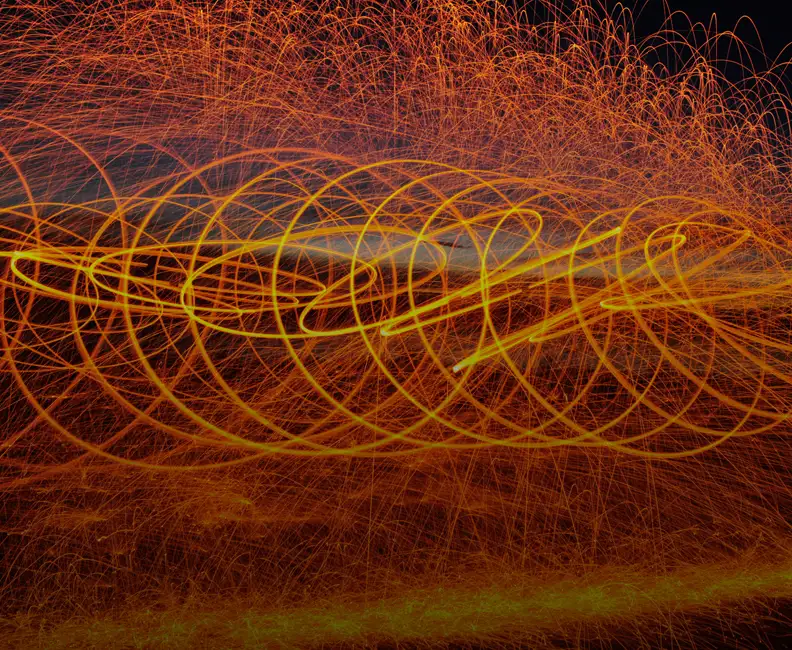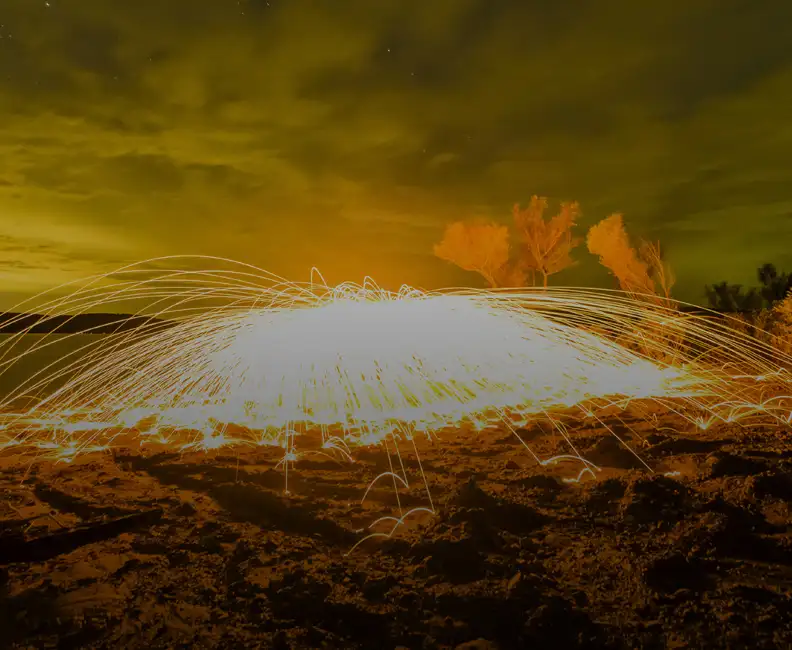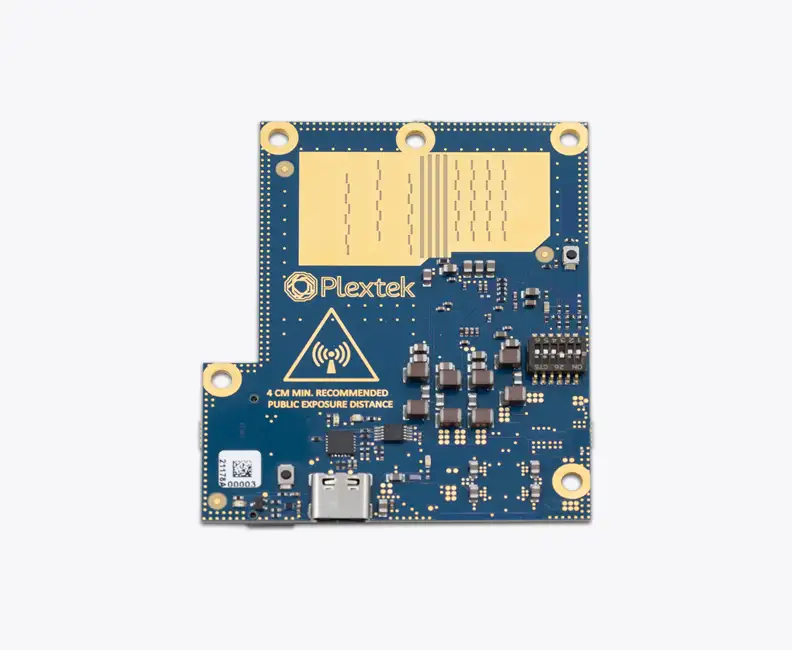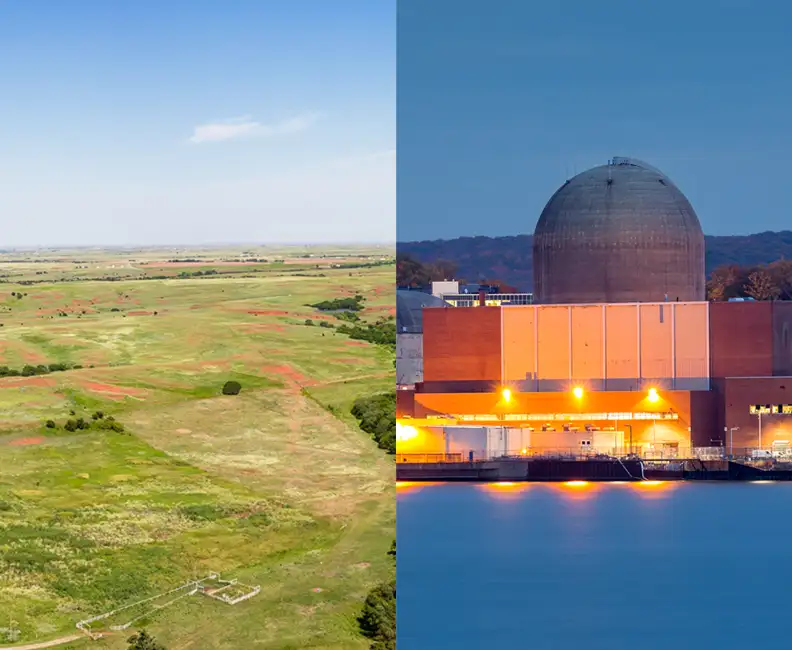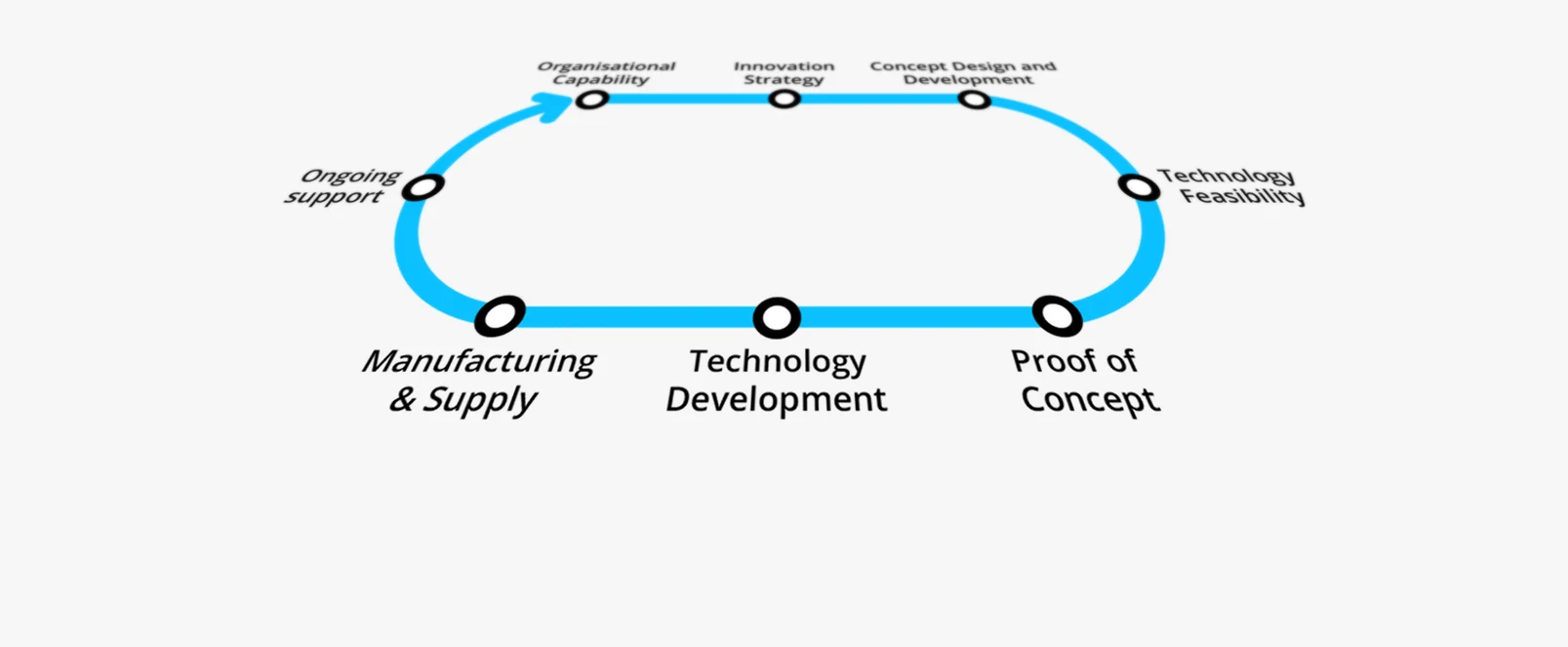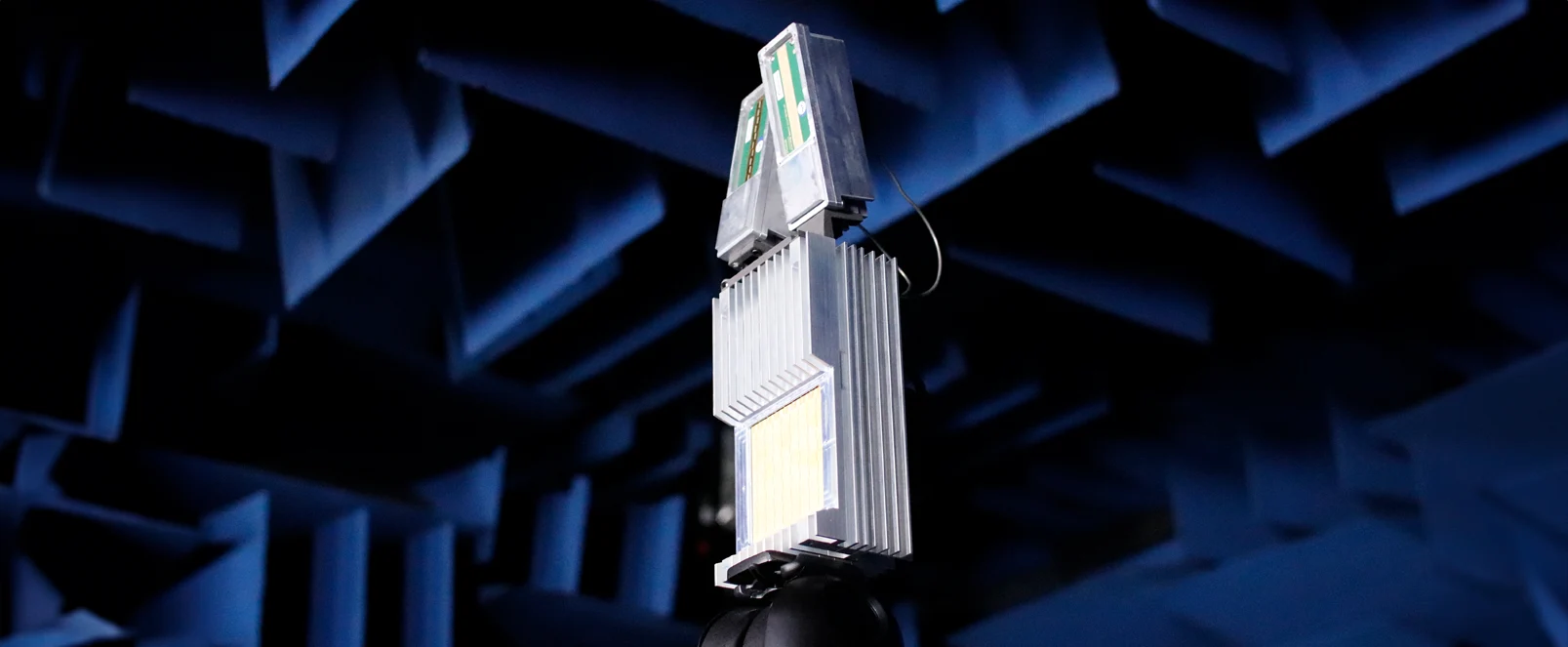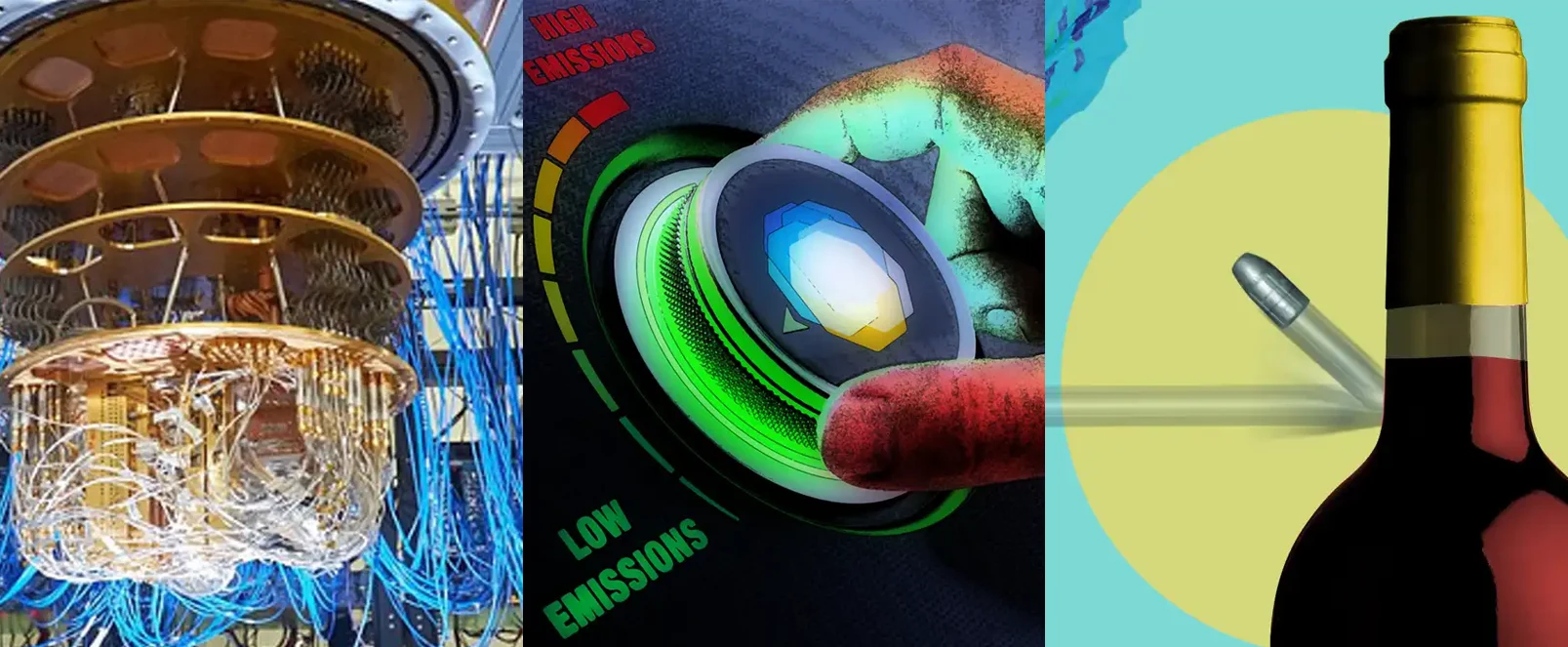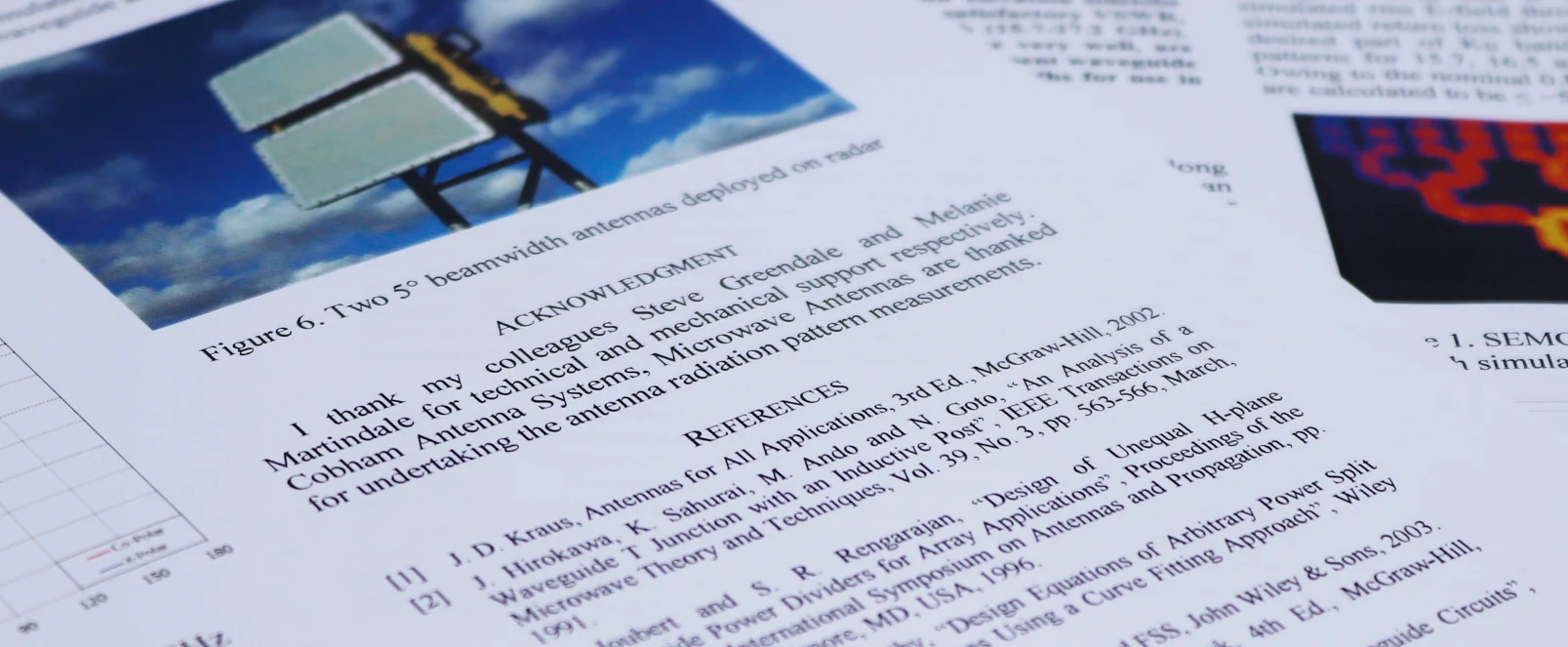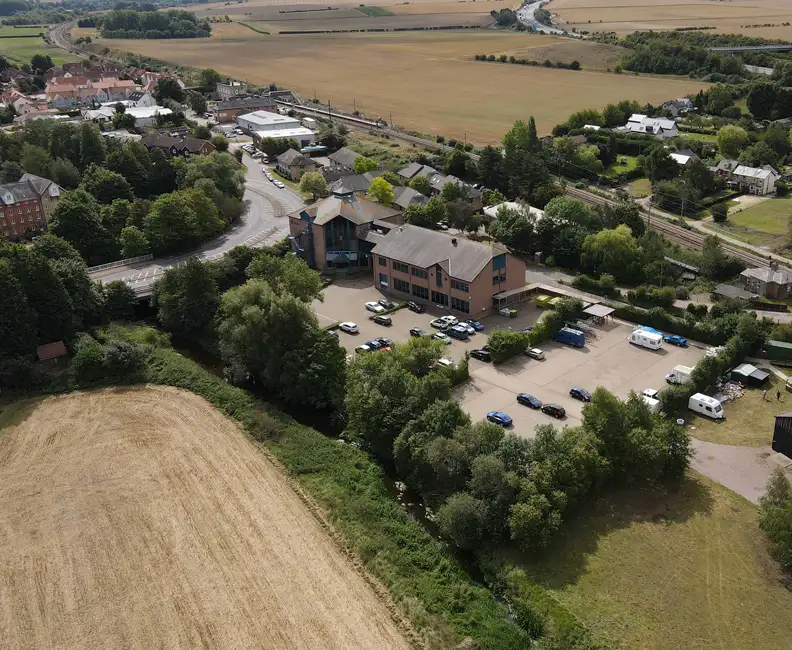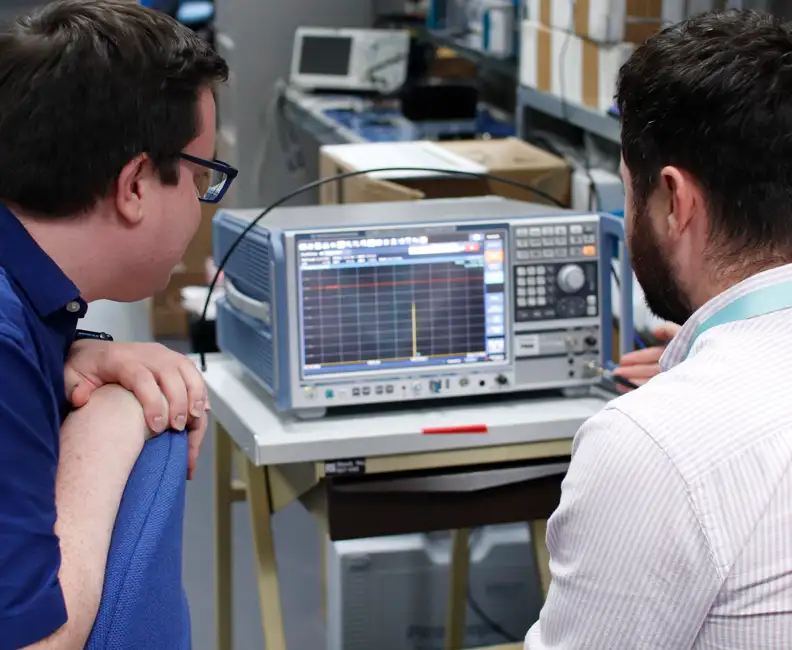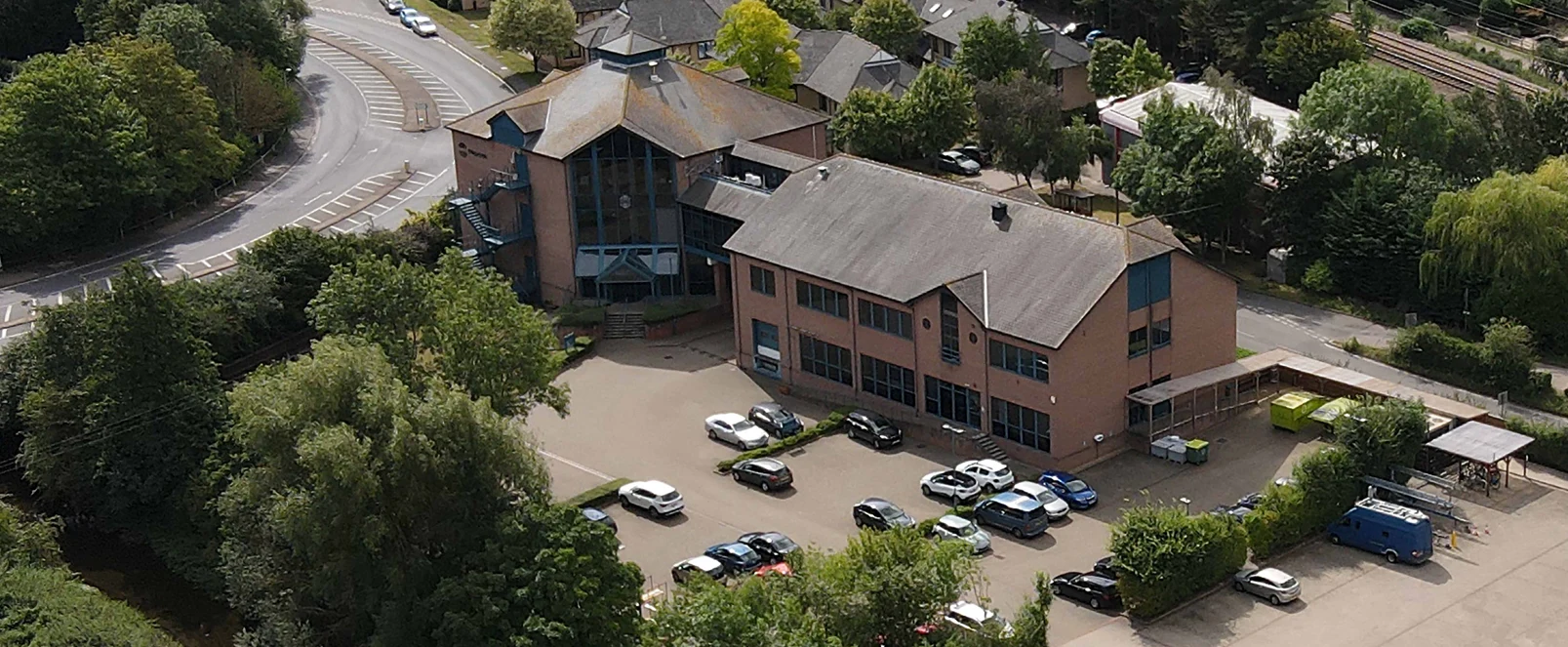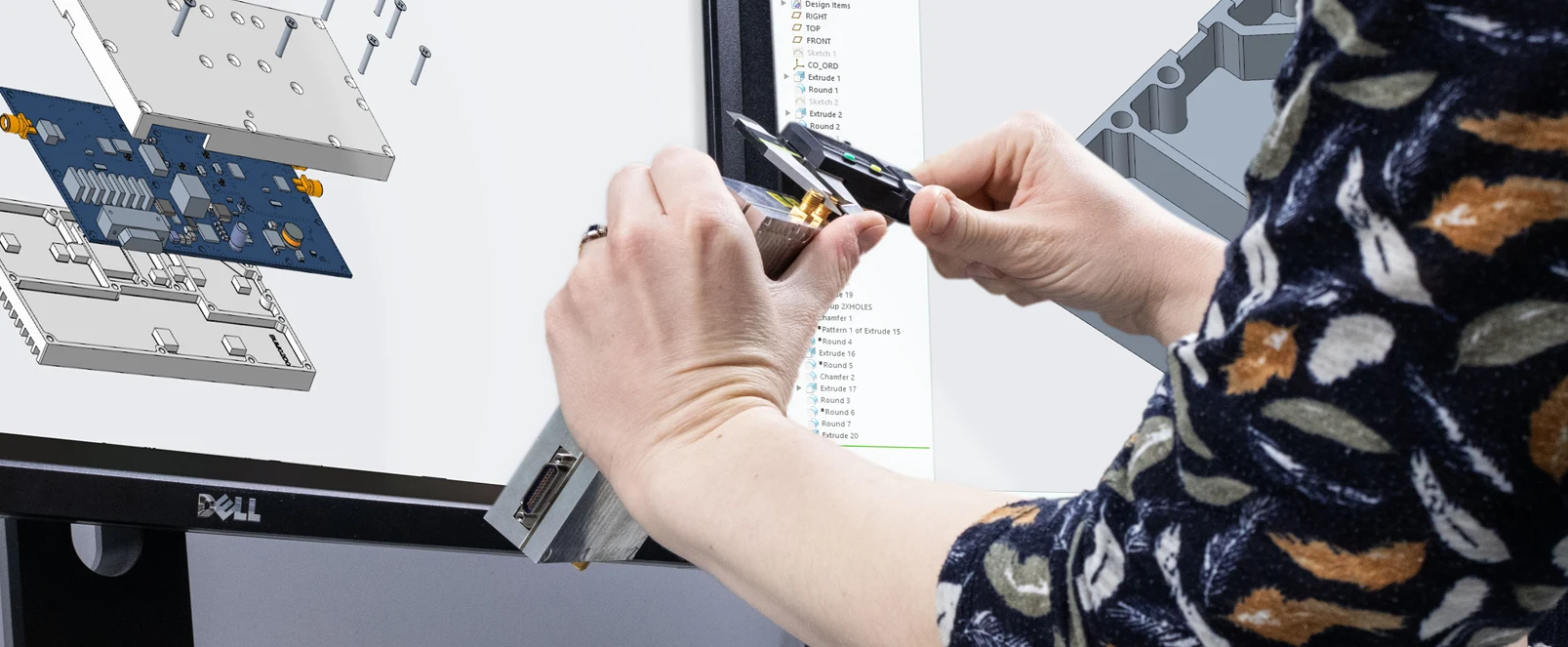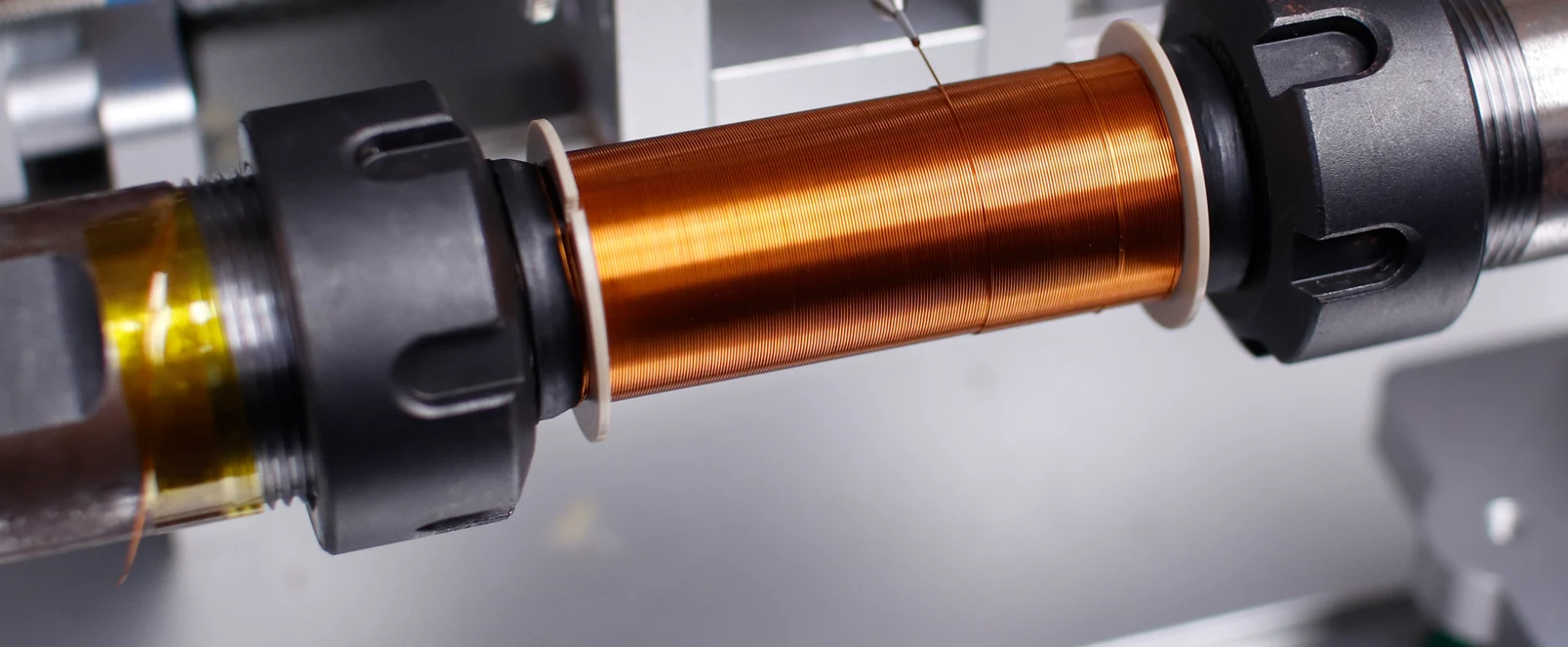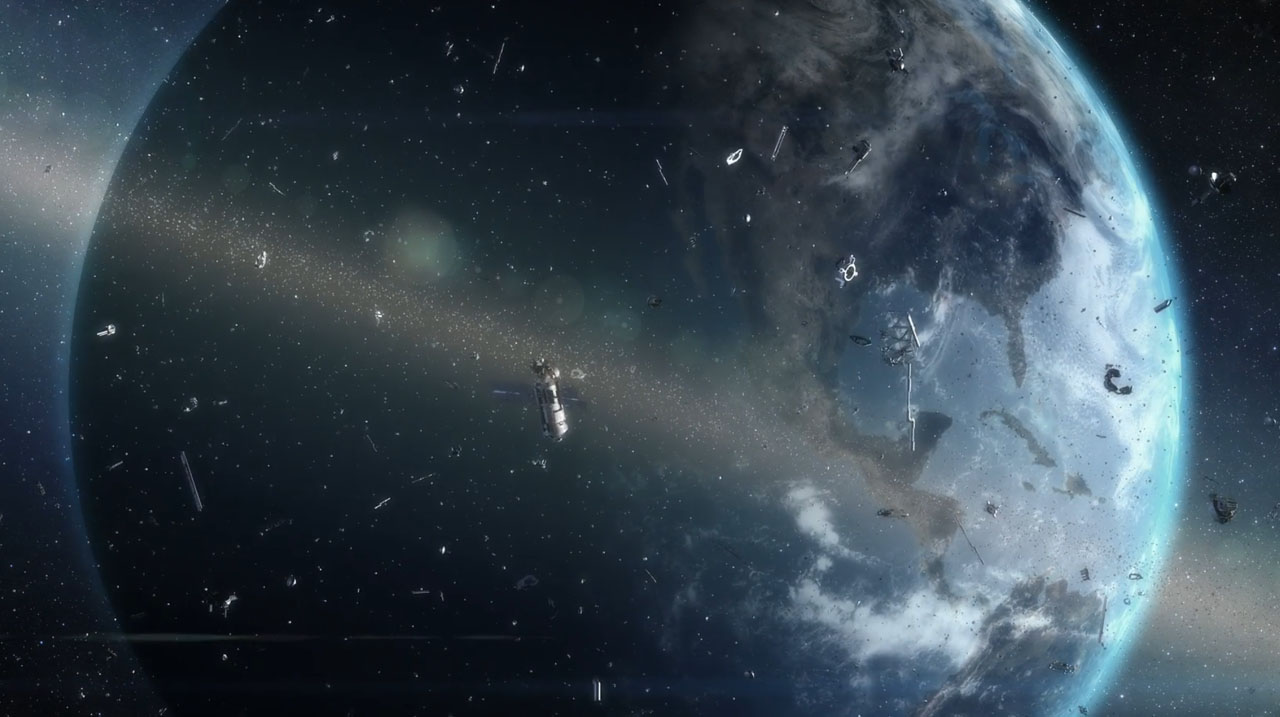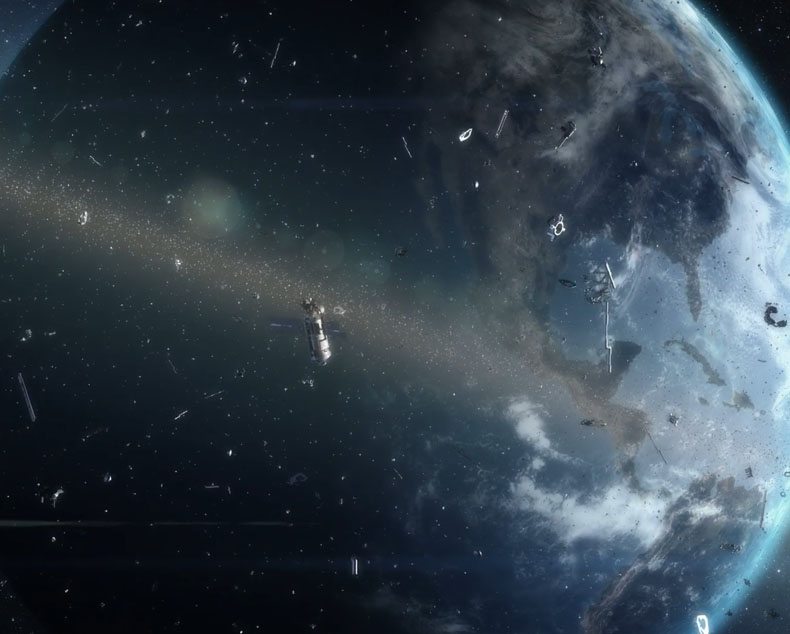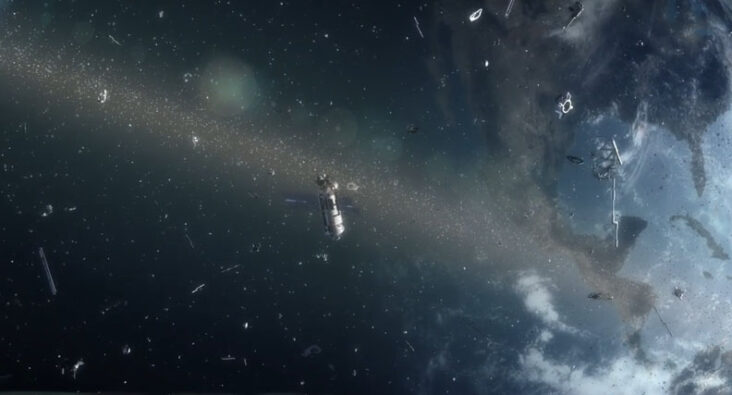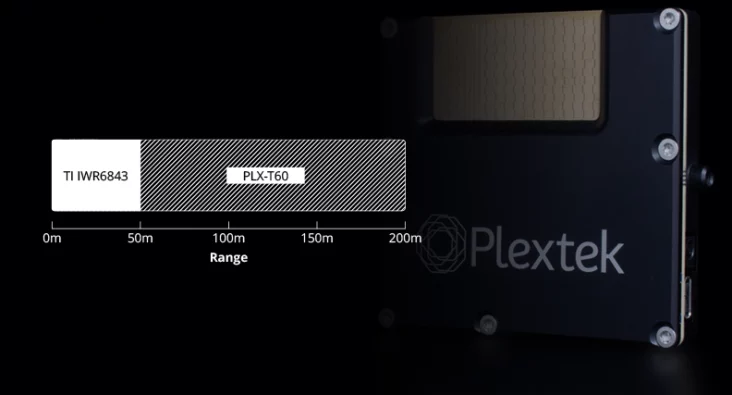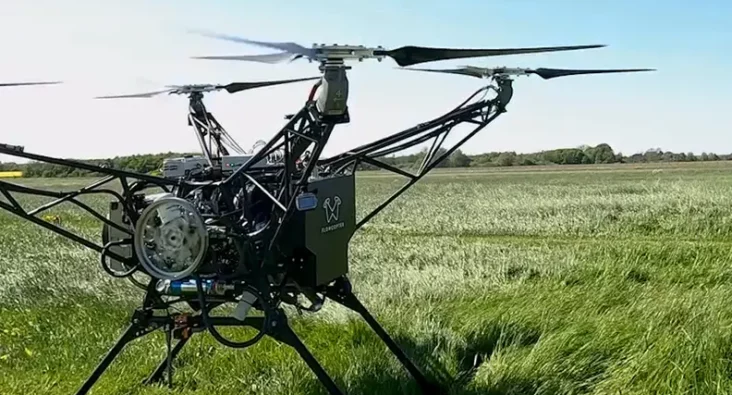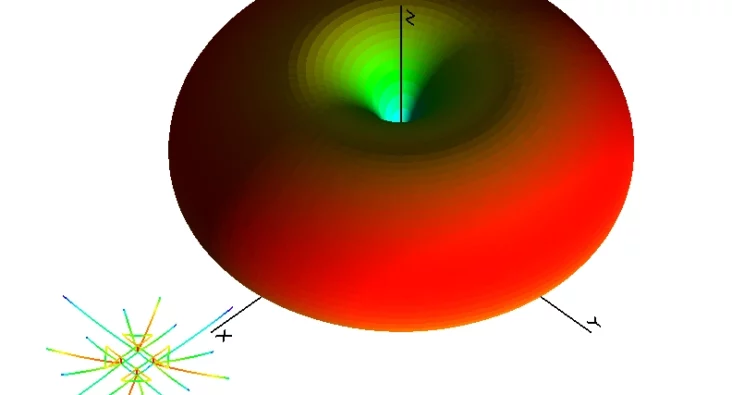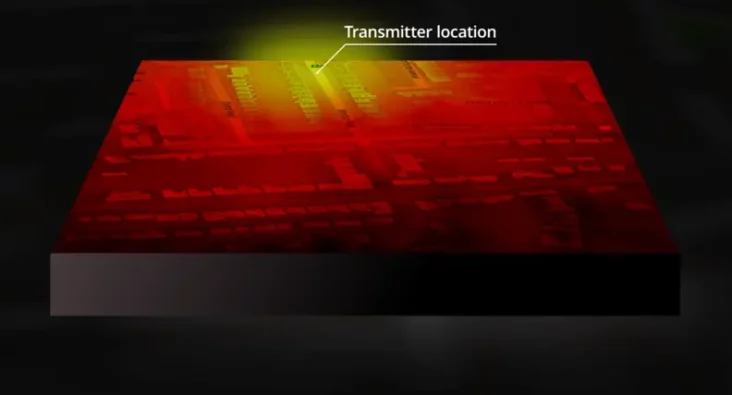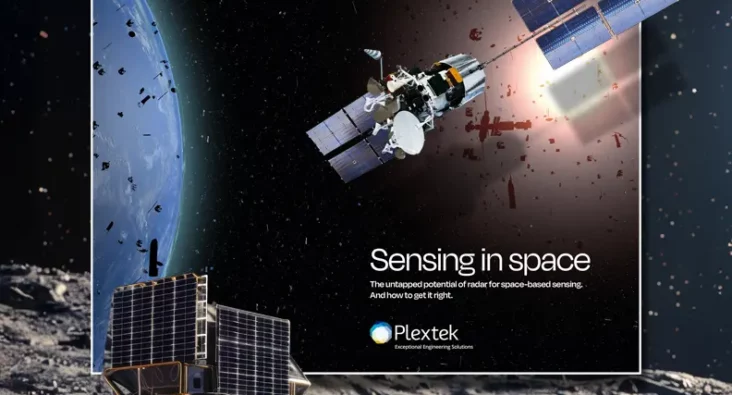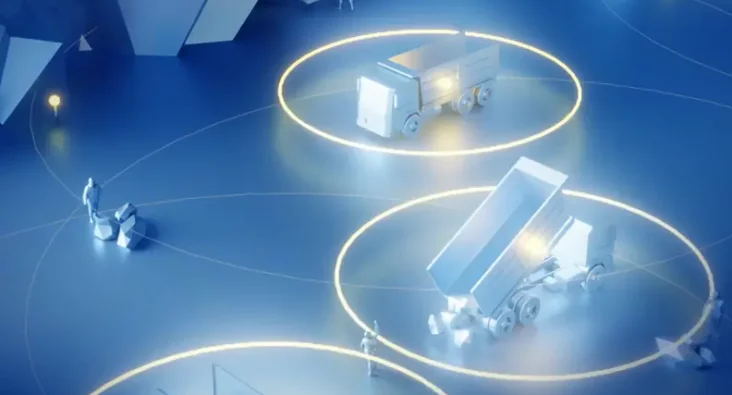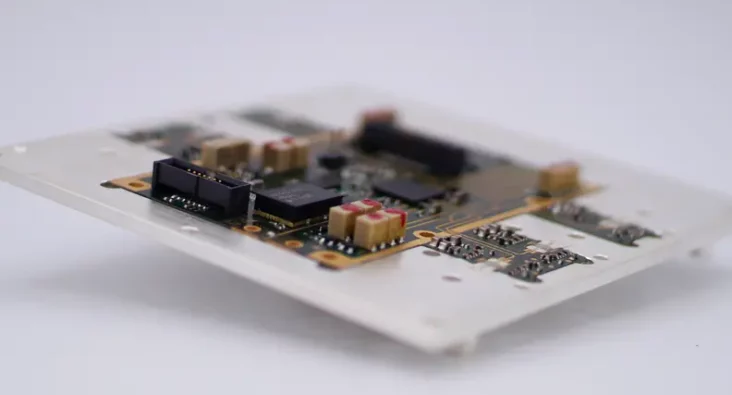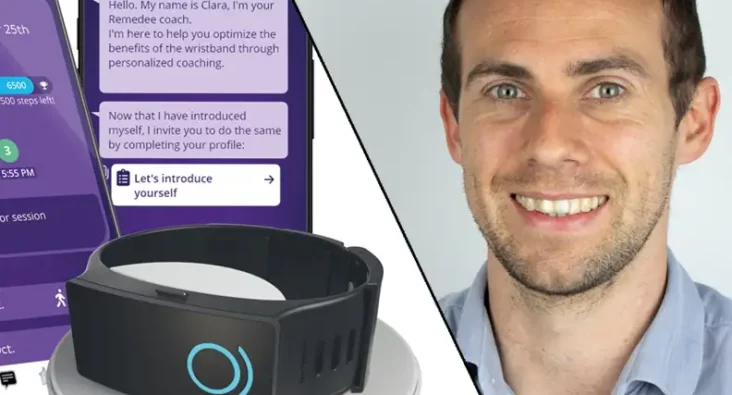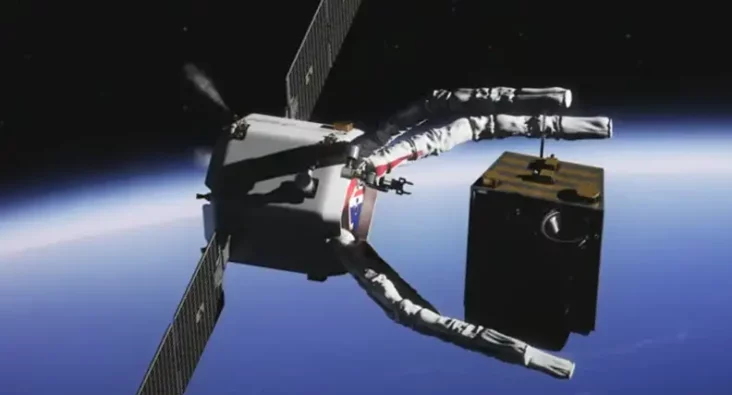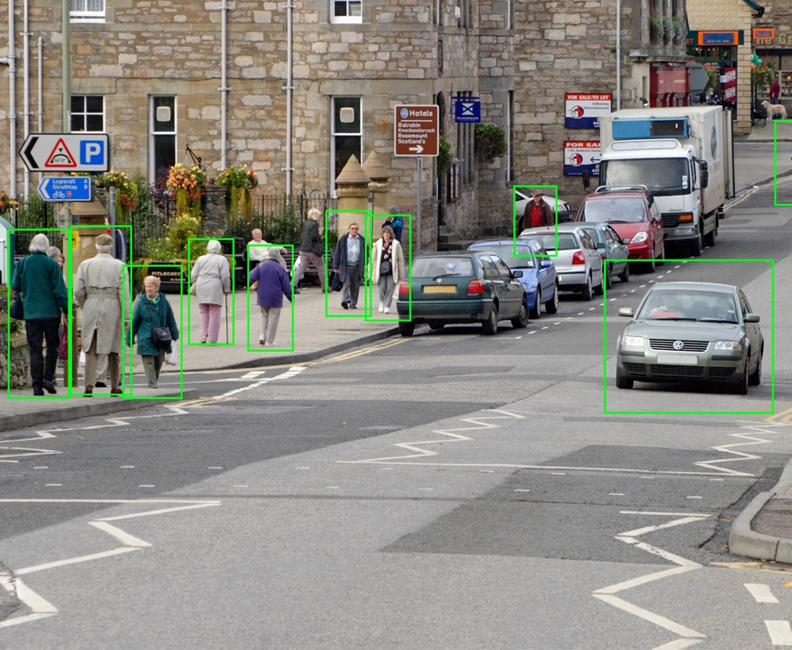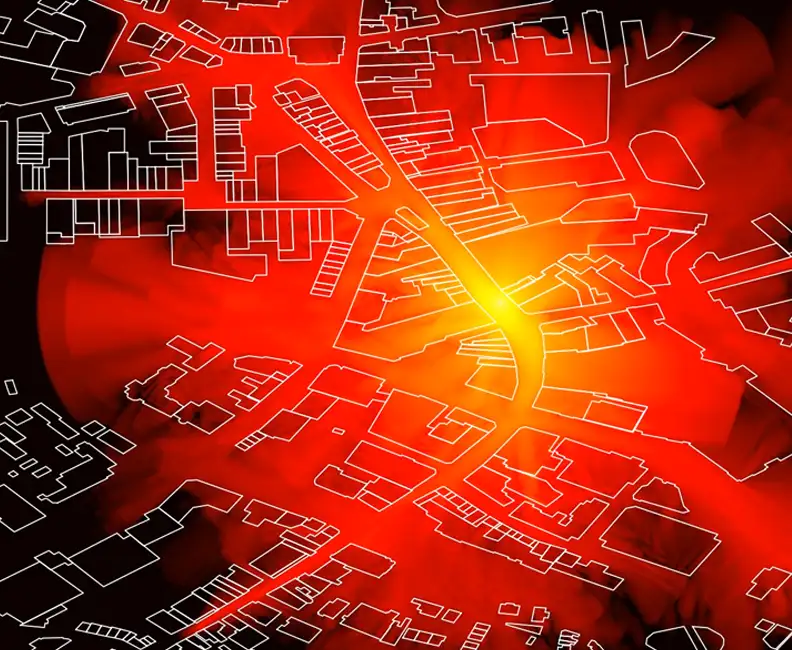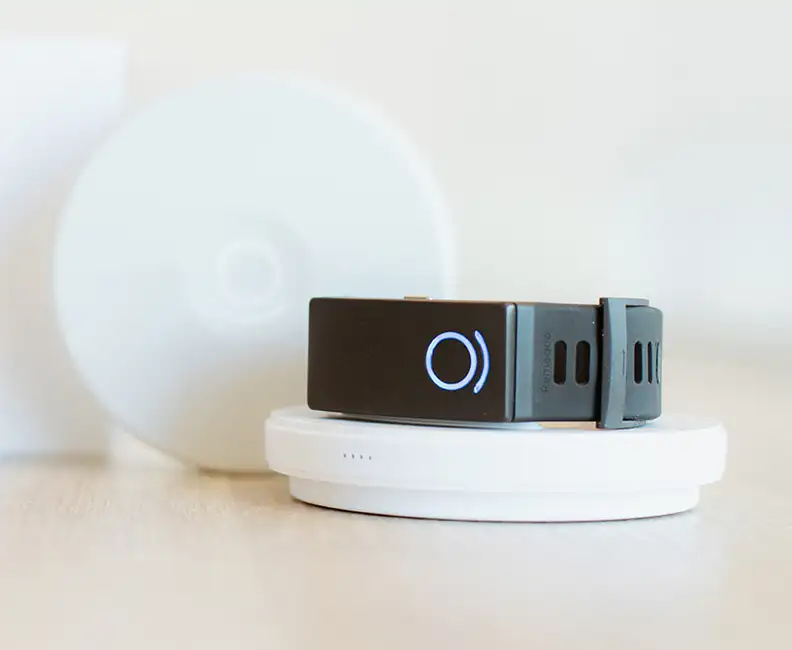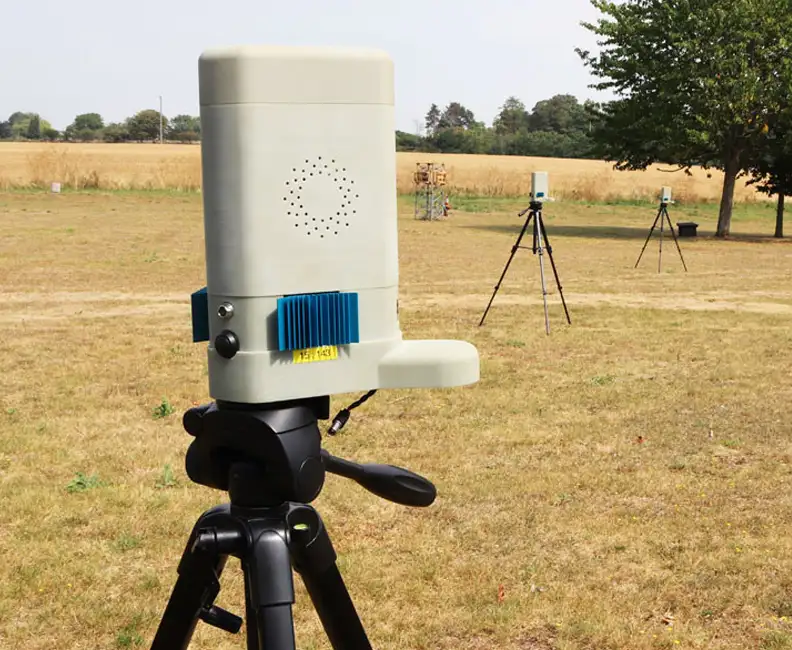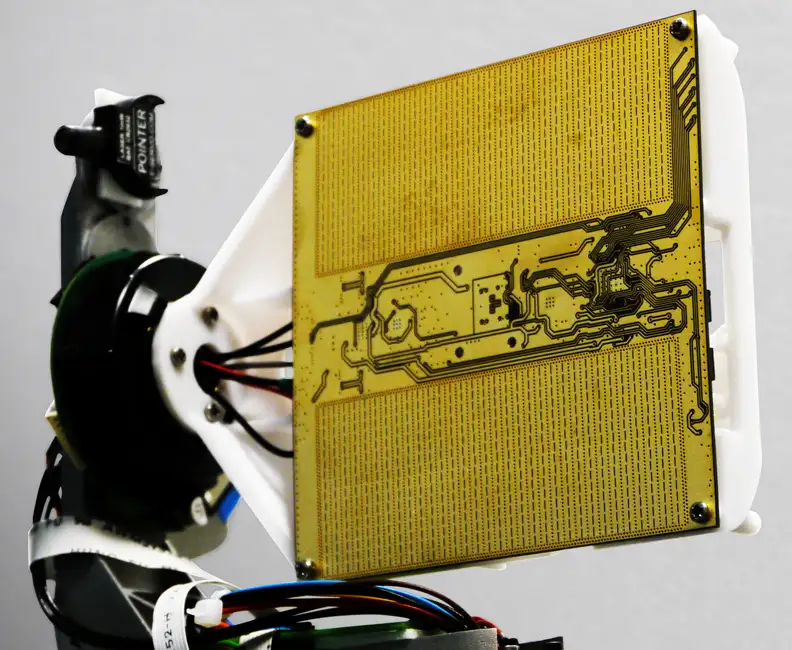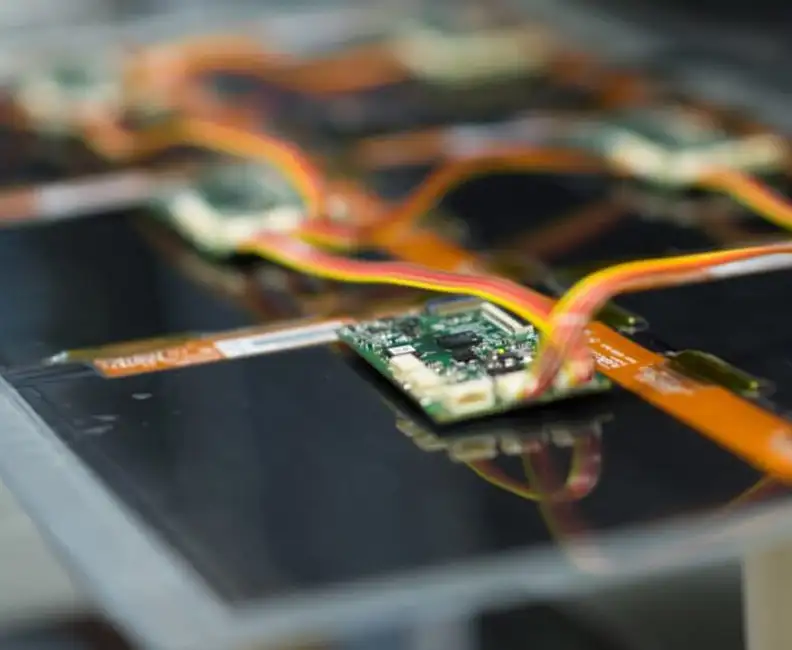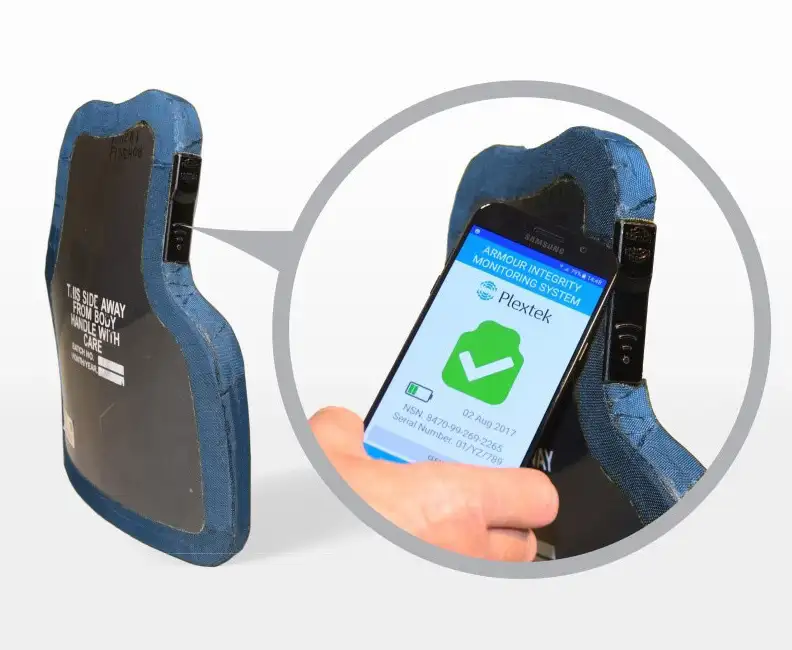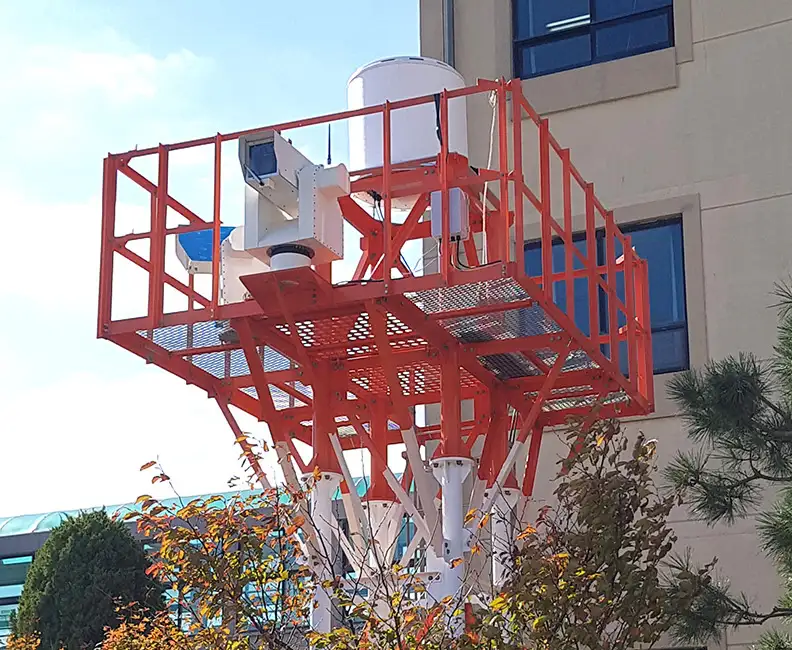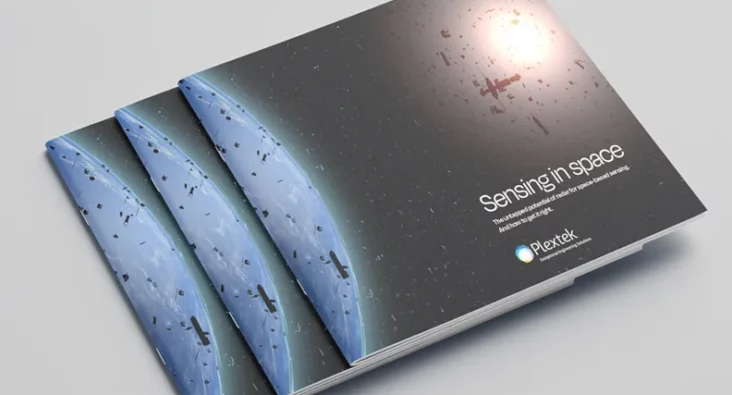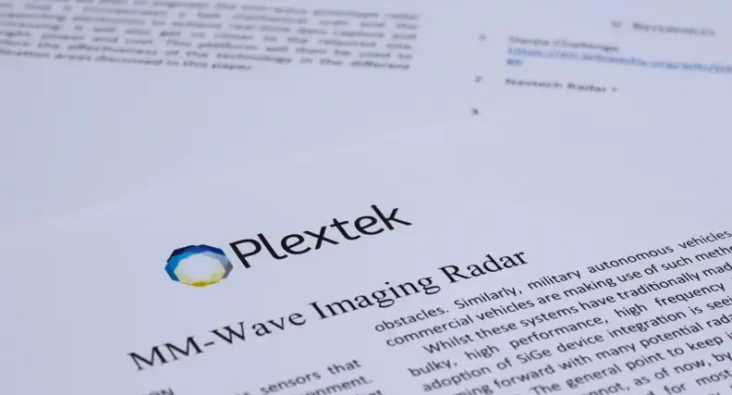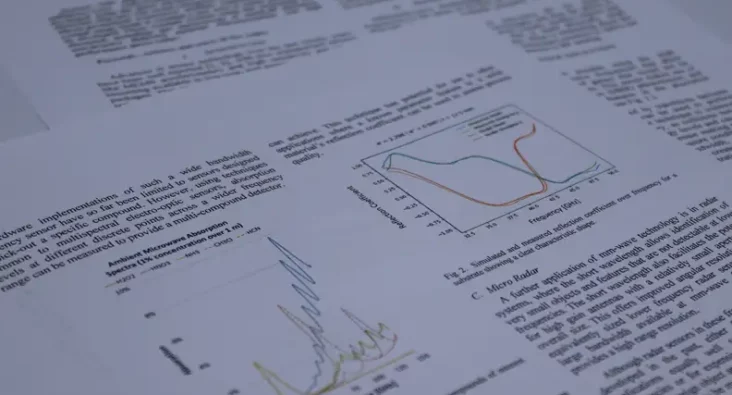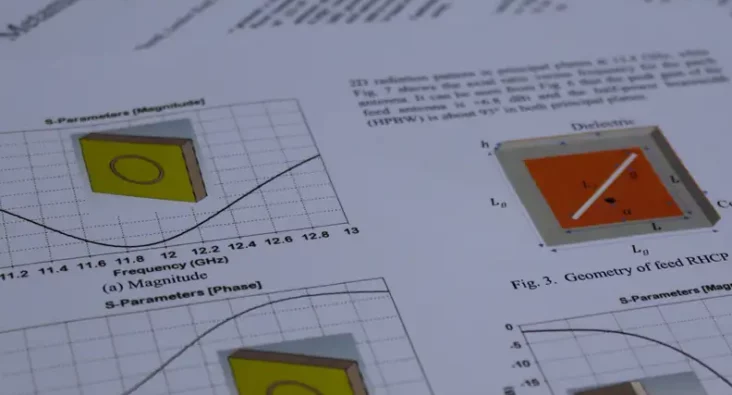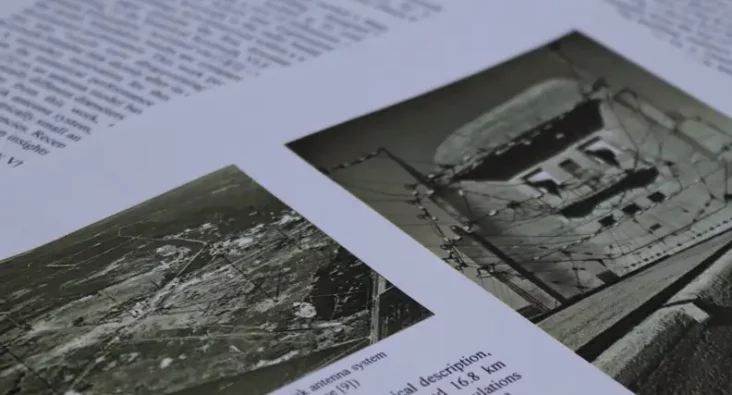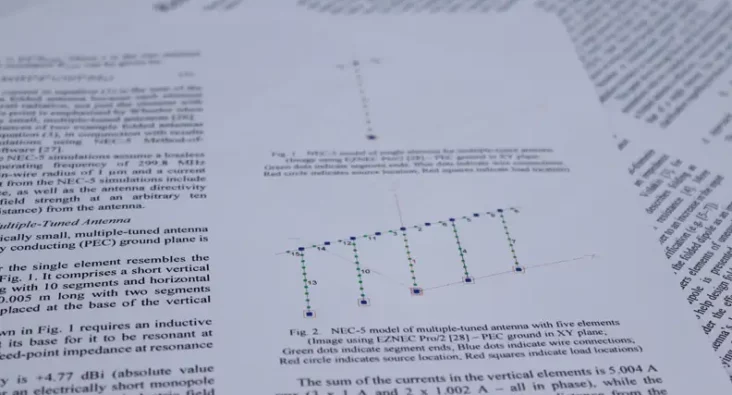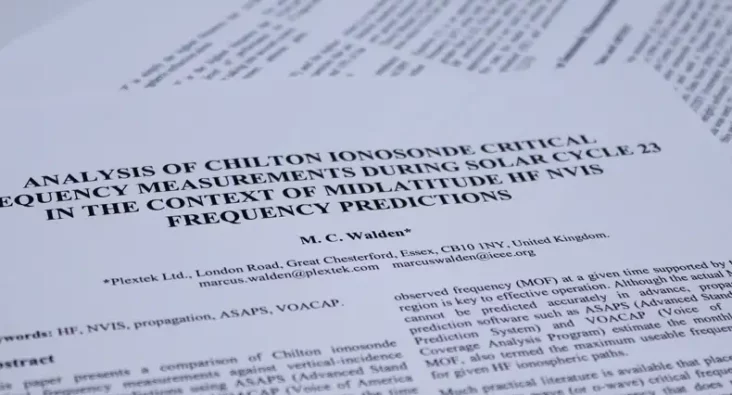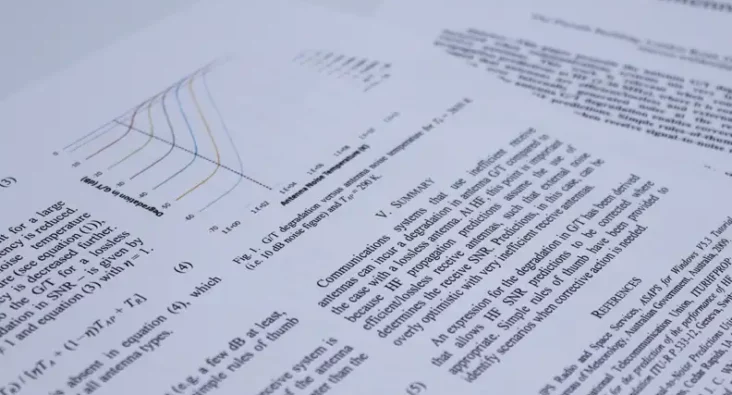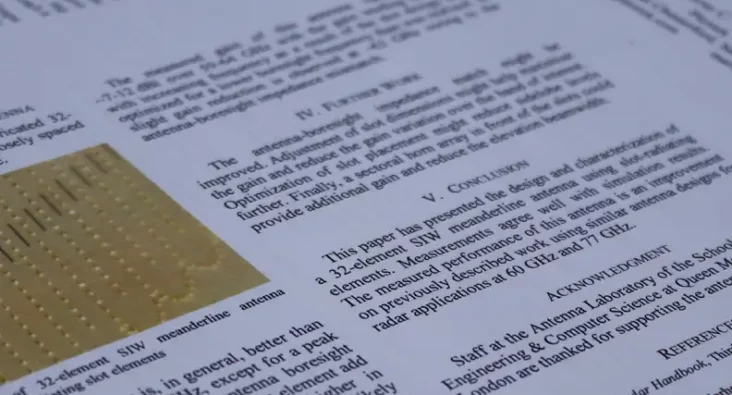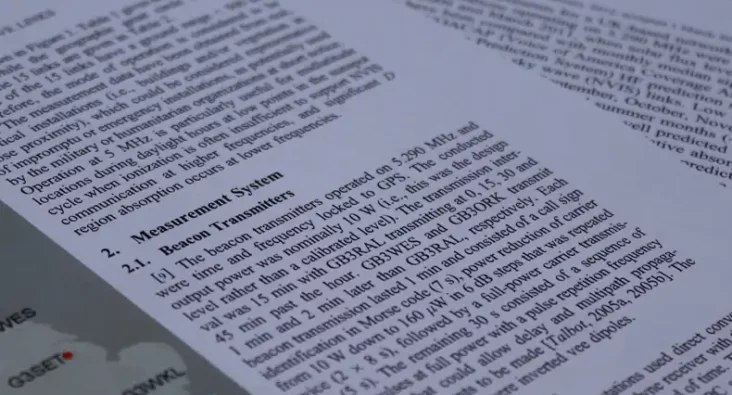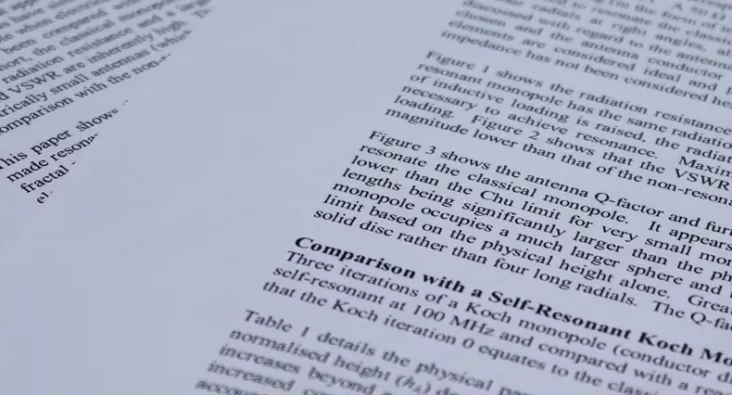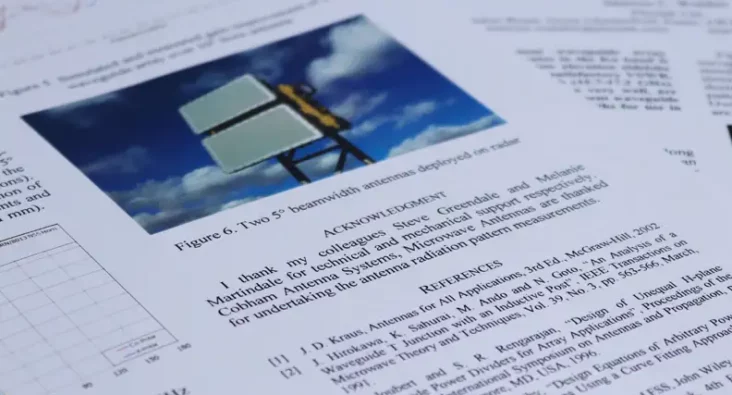
Written by Richard Jacklin
Commercial Lead – Space & Satellite
Measuring Micro-Debris in LEO with Next-Gen Space Radar
Richard Jacklin, Commercial Business Development Lead at Plextek, discusses the next frontier in space debris detection state-of-the-art mmWave radar technology
The increasing congestion of Low Earth Orbit (LEO) is a growing challenge for satellite operators, space agencies and commercial aerospace firms. With the rapid expansion of satellite constellations and the accumulation of spent rocket stages, defunct satellites, and fragmented debris, the risk of orbital collisions has never been greater.
Even the smallest particles – some no larger than a grain of sand – pose a serious threat to operational satellites and crewed missions. A single one-gram fragment travelling at orbital velocities has a kinetic energy one hundred times greater than that of a 9 mm bullet fired at ground level.
The difficulty lies in detecting micro debris and understanding their densities at LEO altitudes before they cause damage, as traditional ground-based systems struggle to monitor anything below 10 cm in size. The lack of real-time, high-resolution debris monitoring creates a dangerous blind spot, leaving mission planners with incomplete data and limited options for avoidance or mitigation.
Addressing this challenge requires a shift in approach, with a need to move away from reliance on terrestrial observation and towards on-board detection technologies that can provide real-time data of the debris environment, improving the theoretical models that we have today.
Europe’s ESA Zero Debris Initiative sets an ambitious target: to significantly limit the production of debris in Earth and Lunar orbits by 2030 for all future missions, programmes and activities.
While much of the conversation around compliance focuses on deorbiting strategies and spacecraft disposal, real-time debris awareness is equally critical to the success of this initiative and is an essential part of ESA’s Zero Debris plan.
Radar technology operating at millimetre-wave frequencies can align with these objectives by offering continuous, high-resolution debris detection, enabling mission planners to navigate the evolving orbital landscape with greater precision.
By identifying high-density debris fields, operators can adjust orbital trajectories, enhance shielding strategies, and contribute to a more sustainable approach to space traffic management.
This data can also feed directly into ESA’s wider space situational awareness programmes, improving predictive debris modelling and reinforcing Europe’s leadership in responsible space operations.
The implications for the North America market are equally significant.
With NASA investing heavily in space situational awareness and debris mitigation, and the US Space Force prioritising domain awareness capabilities, the demand for more precise, space-based tracking solutions is increasing.
Current US tracking infrastructure, while effective for larger objects, lacks the resolution and responsiveness needed for sub-millimetre debris detection.
Private aerospace firms, including SpaceX’s StarLink, Amazon’s Project Kuiper, and Telesat’s Lightspeed, are under increasing regulatory scrutiny regarding their role in mitigating orbital congestion. As satellite mega constellations grow, real-time debris awareness is shifting from a strategic advantage to an operational necessity.
By integrating debris detecting radar technology into more satellites at different altitudes, operators can improve their orbital decision making, enhance fleet resilience and may even lower their insurance! It’s not just satellites; North American companies are also pioneering the next generation of orbital space station with a whole suite of new transport and in-orbit servicing offerings; all needing detailed knowledge about the LEO environment.
A debris detection step-change
A millimetre-wave radar system can detect sub-millimetre debris in orbit. This technology represents a step-change in the industry’s ability to monitor and assess the risks posed by even the smallest fragments, offering an unprecedented level of insight into the density and distribution of micro-debris.
Unlike traditional space surveillance methods, using in-orbit impact plates or ground based radar which can only see larger objects, millimetre-wave radar offers a high-frequency, non-impact sensing capability. Installed as a compact satellite payload, it continuously scans through a defined beamwidth, identifying debris as it passes through the radar’s field of view.
With the ability to detect objects as small as one millimetre, the system allows for real-time data collection, giving mission planners and operators a far clearer picture of the orbital environment in which they operate. This approach enhances collision risk modelling, supports adaptive shielding designs, and provides crucial data for space traffic management strategies.
Adaptability
A key advantage is its adaptability. Designed as a lightweight, low-power payload, it can be integrated into satellites either as a dedicated debris-tracking module or as part of a multi-mission platform. The ability to deploy this technology on a wider scale presents a significant opportunity to improve orbital safety without adding substantial weight or cost to missions. It also supports international efforts to address the issue of space debris, aligning with initiatives such as the European Space Agency’s Zero Debris Initiative and broader global discussions around sustainable space operations.
The reality is that space debris is not just a passive threat.
The continued increase in the number of satellites, particularly in LEO, raises the risk of cascading collision events that could dramatically worsen the debris problem. By improving detection at the smallest scale, it becomes possible to refine mitigation strategies, ensuring that avoidance manoeuvres, shielding designs, and even active debris removal efforts are based on the most accurate data available. As the industry moves towards a more sustainable approach to space operations, better tracking and understanding of debris environments will become an essential factor in mission planning.
While detection is a crucial first step, the real value of such technology lies in its ability to feed directly into wider debris management efforts. By mapping debris fields in real time, operators can take a more proactive approach to space traffic control, reducing the risks of collision through accurate forecasting and early intervention.
However, the challenge of bringing new space technologies to market is well known. The complexity of developing systems that can withstand the harsh conditions of space, from extreme temperature fluctuations to prolonged radiation exposure, requires rigorous testing and qualification processes. Plextek’s radar technology must be designed with these challenges in mind, also incorporating radiation mitigating measures, not just in the electronics but also in the configuration of the antenna aperture and waveguides.
The move towards more precise, cost-effective, and real-time debris monitoring is an inevitable evolution for the industry. As satellite operators and space agencies confront the growing complexity of the orbital environment, the need for high-resolution, real-time sensing capabilities will only increase. A system capable of detecting and analysing debris at this level will become an integral part of future space operations, contributing to safer, more sustainable use of Earth’s orbit. The implications are far-reaching, from enhanced mission planning and spacecraft protection to potential integration with emerging active debris handling technologies.
For organisations seeking to enhance their orbital safety, improve space situational awareness, and risk reduce their missions against the growing debris challenge, now is the time to explore next-generation sensing technologies.
The ongoing work in this field represents a critical step forward, offering a scalable, real-time solution to one of the most pressing challenges in spaceflight. As the industry moves towards a future of sustainable orbital operations, next generation sensing technologies will be fundamental to ensuring long-term space safety.
A golden opportunity to shape the future of orbital debris management is here, and collaboration across the industry will be essential in turning innovative sensing technologies into the new standard for space safety.
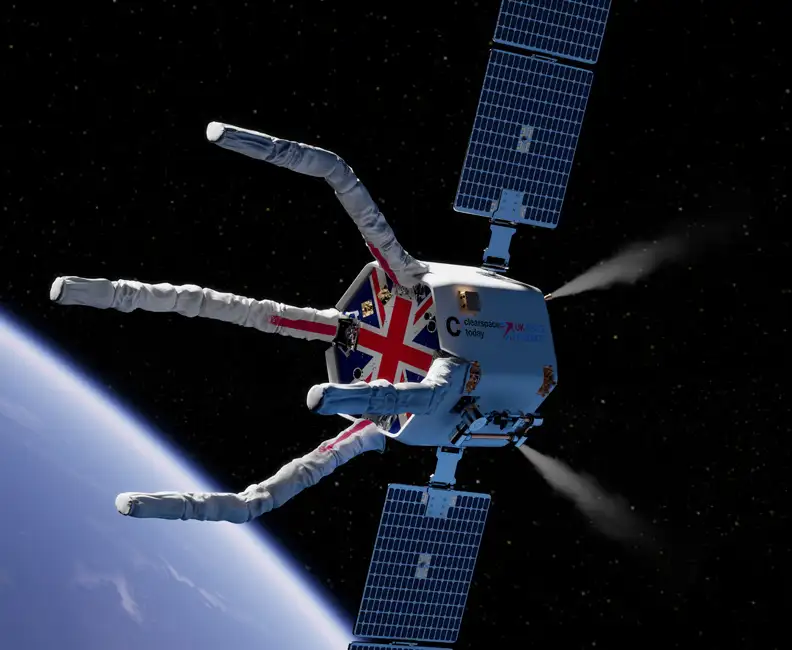
Game-Changing Radar for the CLEAR Mission
Developing vital radar technology for the CLEAR mission, advancing space debris removal techniques to safeguard operational satellites and spacecraft.
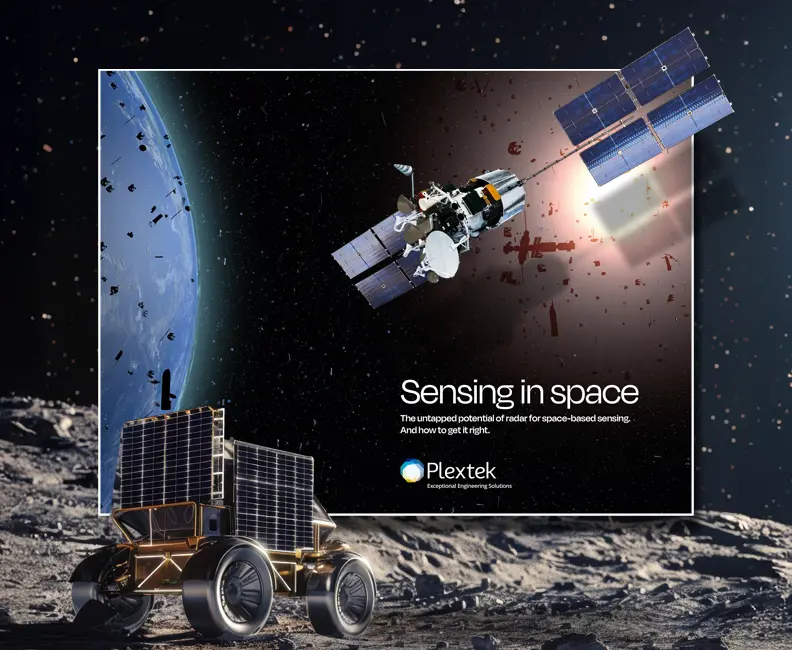
mmWave Technology for Space Sensing and Operations
Discover our advanced mmWave radar platform for safer and more efficient space missions.

